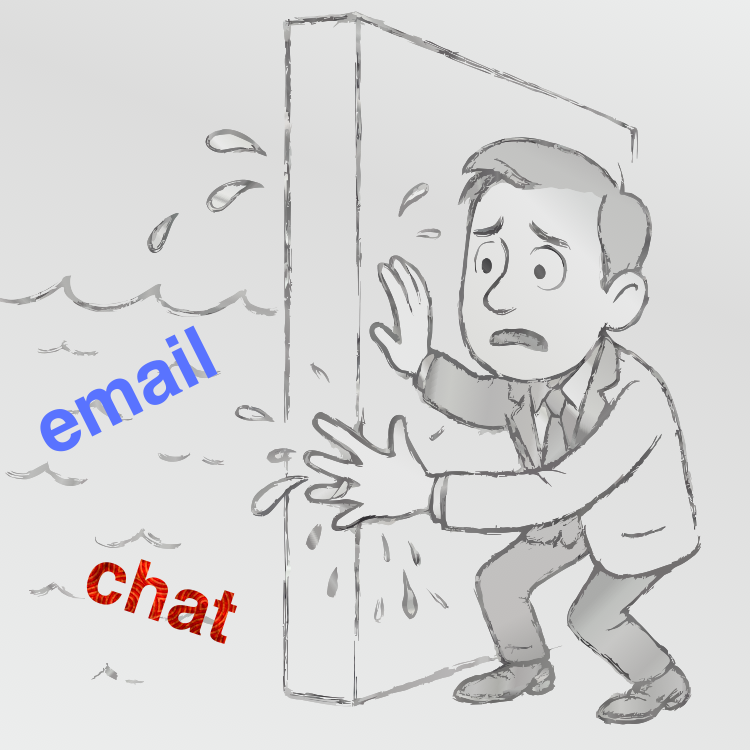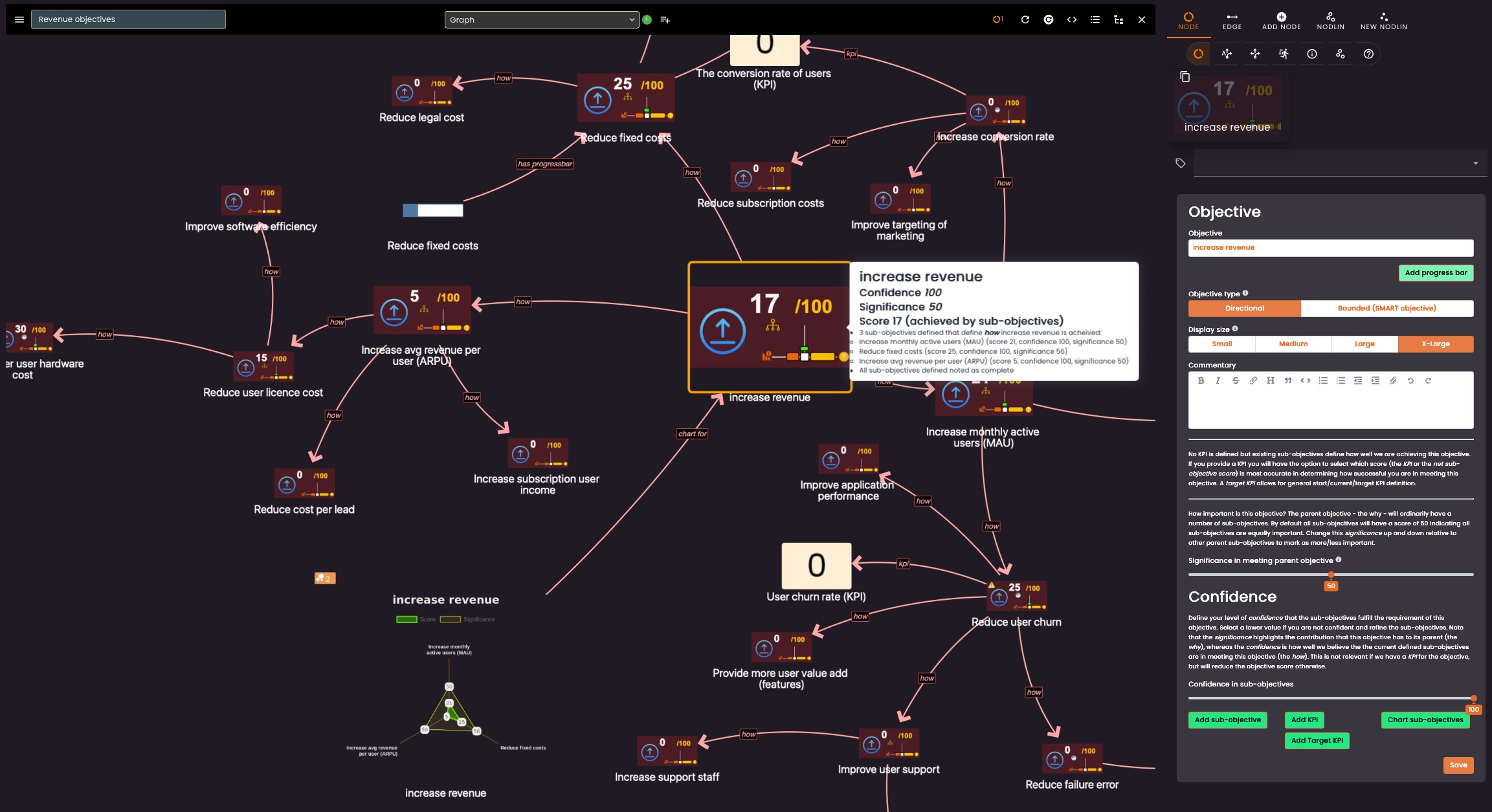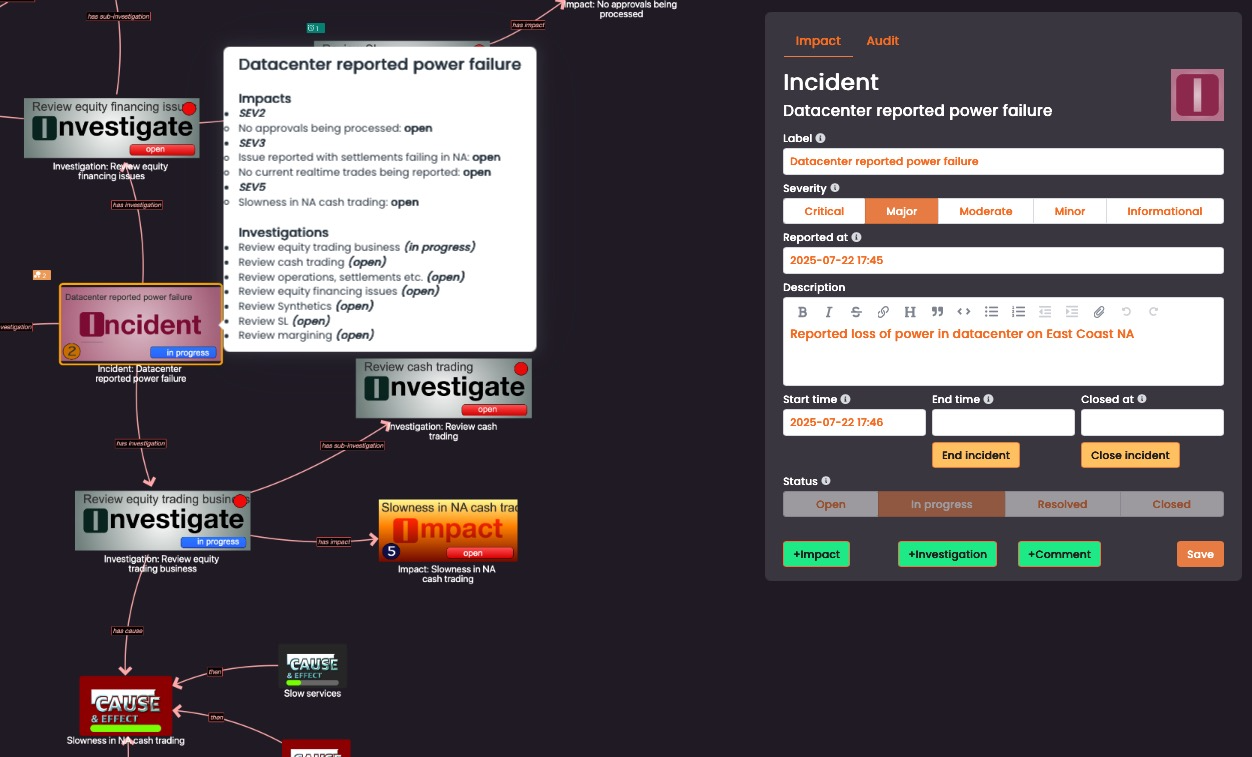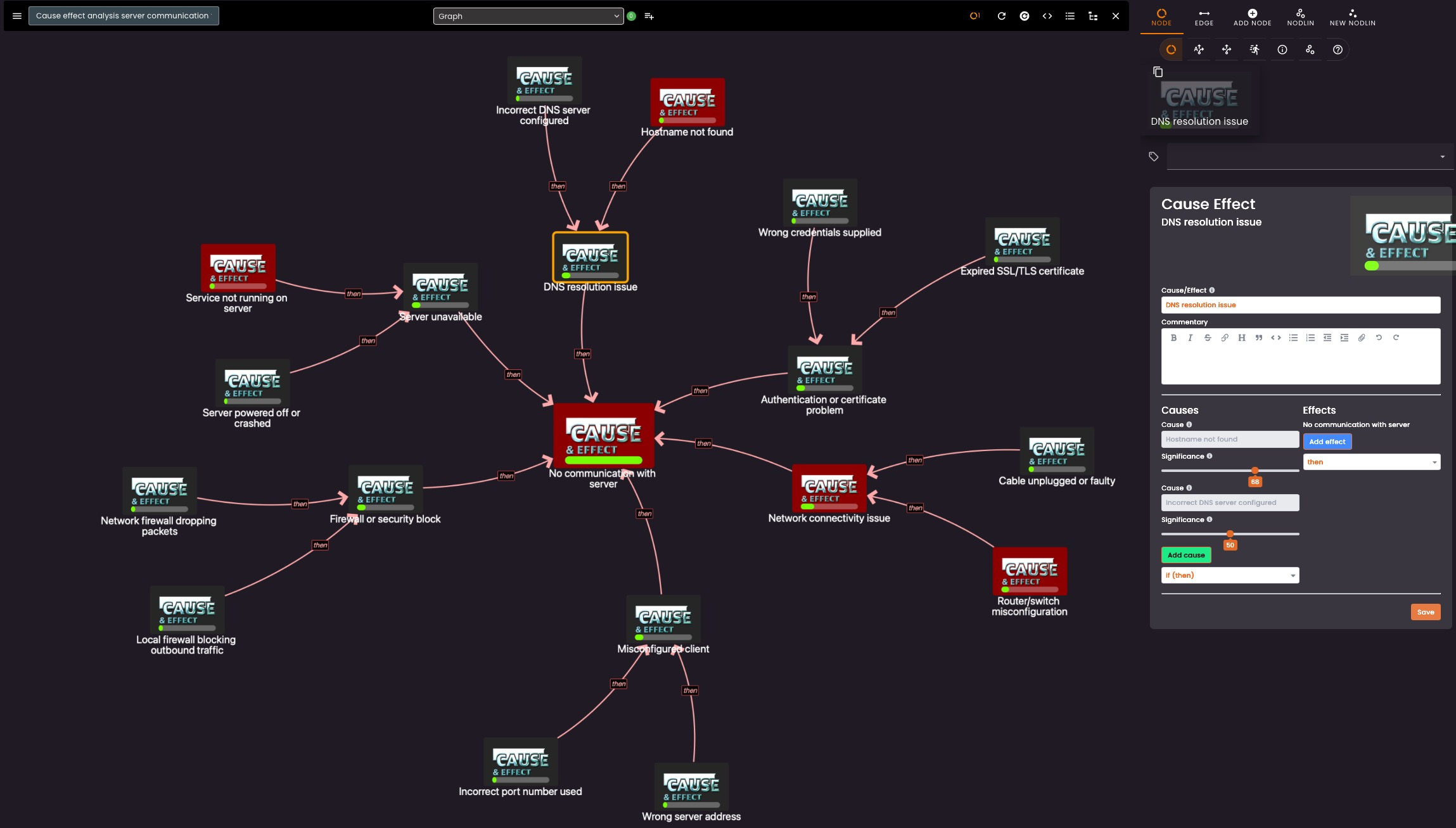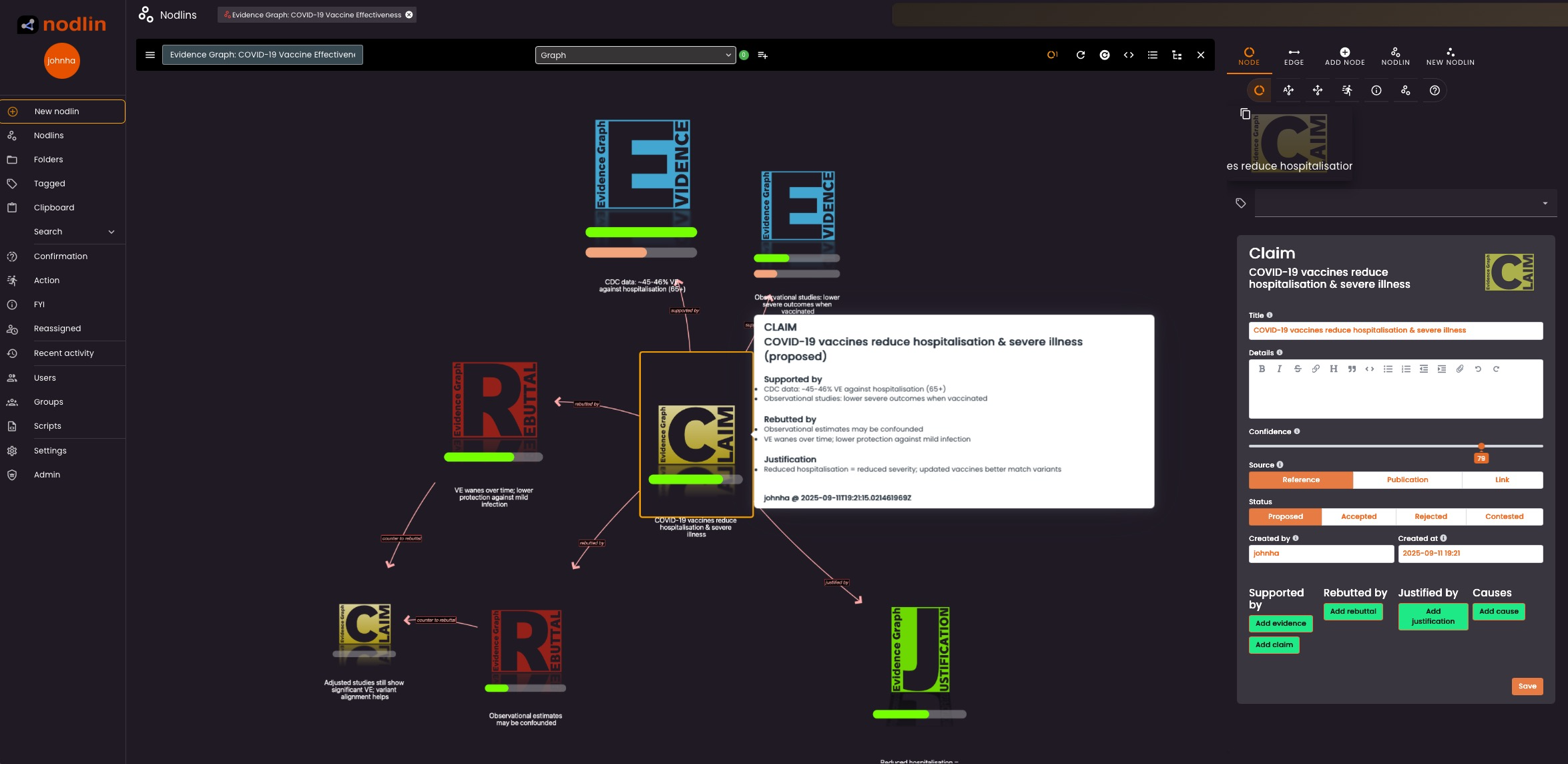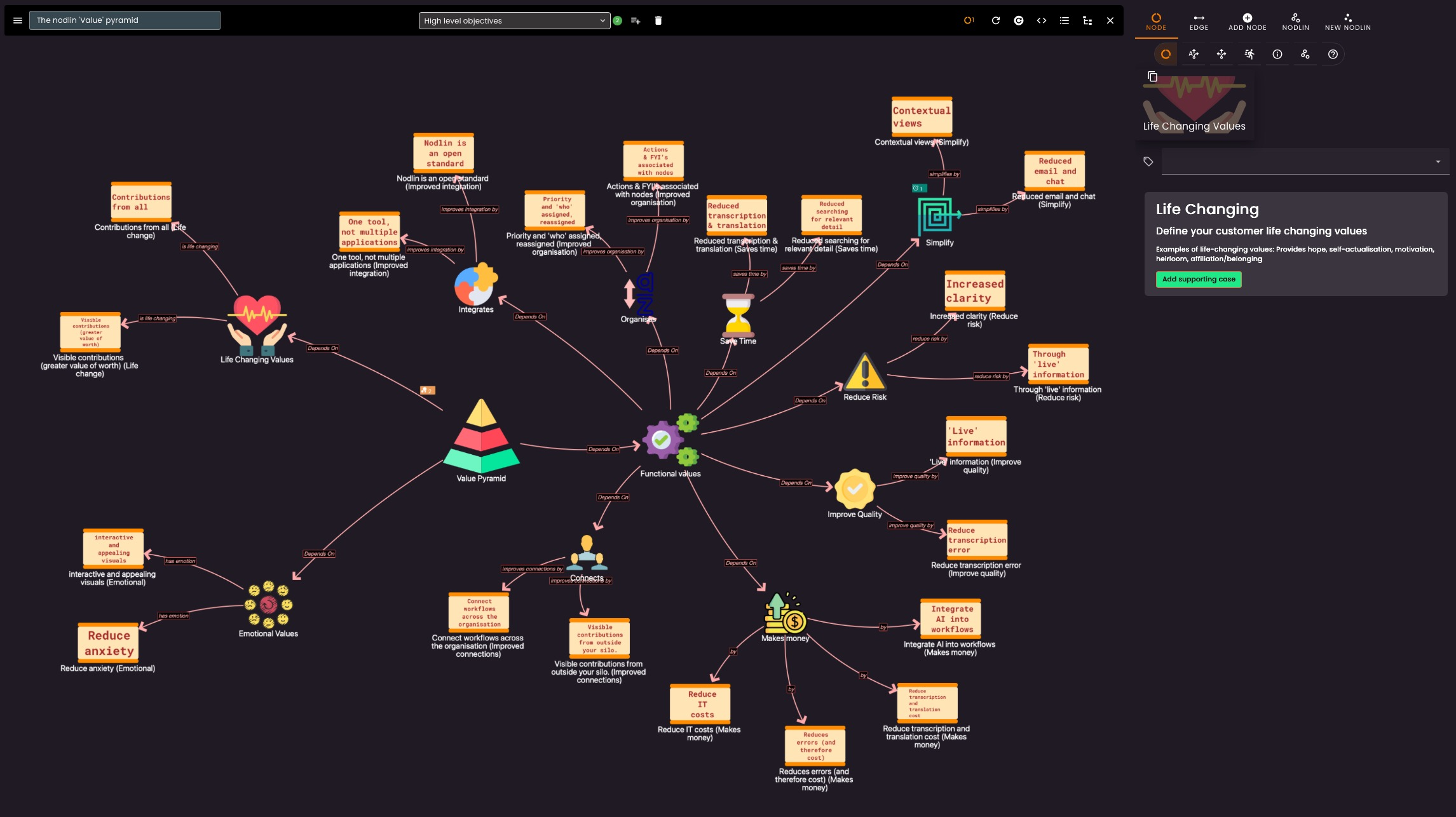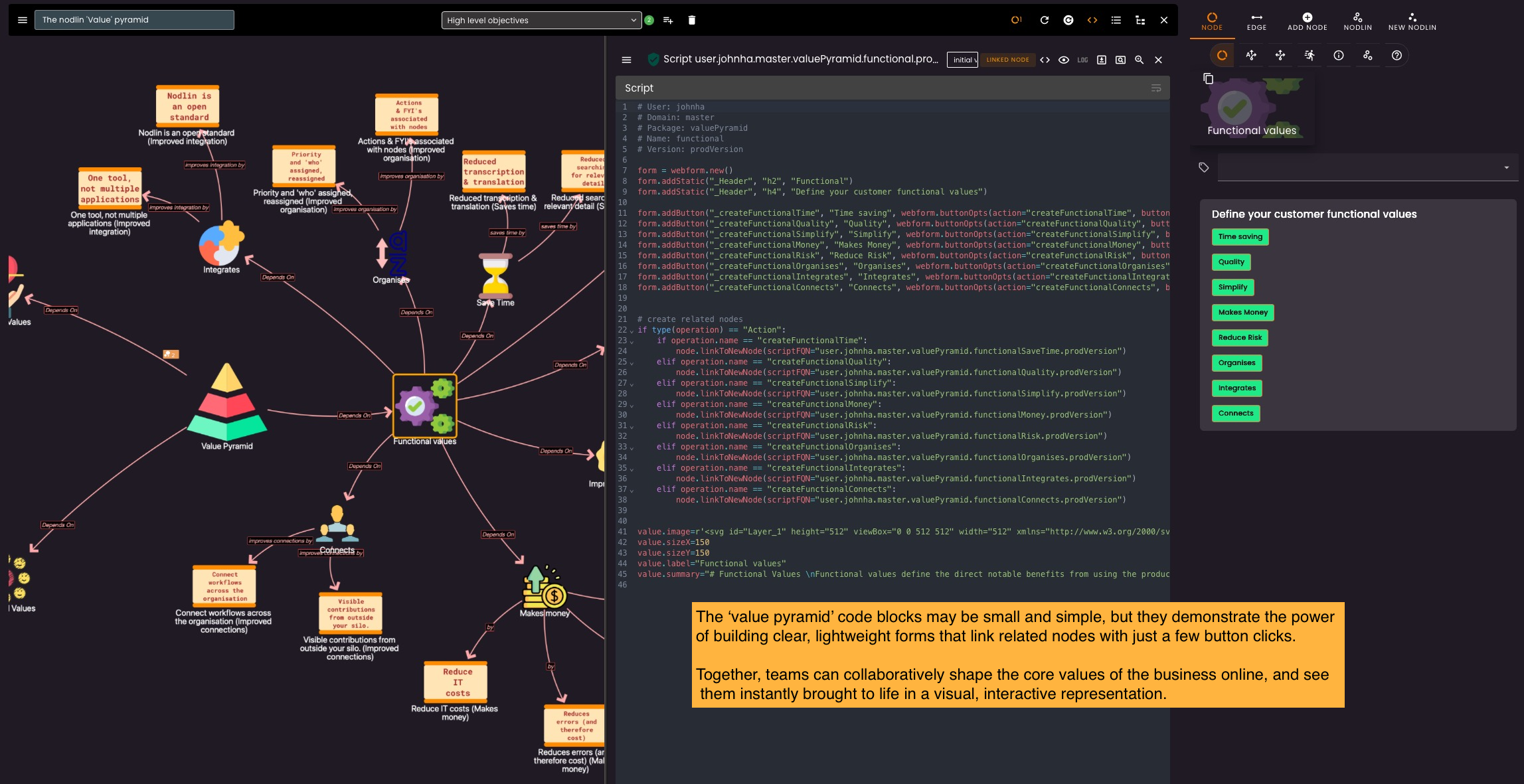Standardise Communication Patterns
 Image credit: [Unsplash](https://unsplash.com
Image credit: [Unsplash](https://unsplash.comEmail and chat are convenient but inherently unstructured:
- Messages are sequential, not hierarchical → hard to separate core decisions from tangents.
- Context gets fragmented across threads, replies, and channels.
- Valuable information is buried in prose, not modelled for reuse.
- They don’t naturally support visualisation of relationships, dependencies, or rationale.
Structured communication systems (e.g. objective hierarchies, issue/decision logs, evidence graphs) guide discussion, enforce clarity, and create records that are easier to query, analyse, and reuse. They also allow visual representations, which can expose gaps, dependencies, and conflicts at a glance — something streams of chat/email can’t do.
Employees are increasingly overwhelmed by the flood of unstructured communication across email and chat. AI-driven filters offer only a sticking plaster, addressing symptoms rather than the root cause: our communication isn’t live or structured. To truly collaborate, we need ways to express our mental models transparently and in structured form.
Many techniques are available to support structured communication:
mind-mapping, objective mapping, SWOT analysis, argument/evidence mapping, decision trees, cause-effect analysis, cost-benefit analysis, issue-action-resolution logs, kanban task boards, knowledge graphs, OKRs, and more.
There are many rich techniques available for different types of problem. How many techniques do you employ when communicating in your organisation?
Nodlin is not prescriptive on any communication style or technique.
There are many different tools available to support these different methods of communication, but you would not want to keep adding disparate tools to your organisation. In addition, the use of separate tools (e.g. for SWOT analysis) would be out-of-context of other mental models and processes to which the model relates (e.g. a plan to mitigate a threat).
Nodlin is a framework to support these many techniques for collaboration and communication. The scripting style of nodlin agent allows for easy development and visualisation of these models.
In this pre-beta version of nodlin a set of scripts have been provided as examples:
- Objective hierarchy
- Mind mapping
- Evidence graph
- Cause-effect analysis
- Value pyramid
- Incident management (a less general, more bespoke example)
These are just examples. These can be used as-is, extended to suit your requirements, or you can develop new ones to match specific business needs.
Objective Hierarchy
and remove the following:
The objective hierarchy represents the results of a structured approach to breaking down an overall business objective into smaller, more manageable objectives. These will often be associated with KPI’s to measure progress in meeting these objectives.
The following is an example for a software startup.
There are only 2 scripts in this package, the objective and the KPI. The objective node type can be related to other objective nodes thereby building the hierarchy.
An objective may have a KPI - which itself can be derived from other node detail in nodlin. For example, looking at one stream:
- increase revenue (overall objective), met by:
- increase monthly active users, met by:
- reduce user churn, met by:
- improve user support, met by:
- increase support staff: using a KPI: support staff per user
This is a crude example, as improvements to user support may be met by improving documentation etc. These objectives can be weighted to identify objectives that have most impact.
The KPI’s can be directly related to other nodlins that have the ratio of users to support staff for example.
This is a good example of how to provide visibility of objectives across the organisation and for employees to have this transparency.
Incident Management
‘Incidents’ can quickly become significant and effect many groups. Tracking and maintaining a good understanding of the impacts, progress to resolve, and current in-flight actions can be difficult to manage. Breaking out groups into different chats leads to a lack of clarity on the overall status.
The ‘incident’ script package allows for separate definition of the incident, investigations, and impact.
Different groups can ‘break out’ related investigations and work items into new nodlins, but still relate back to the overall incident therefore feeding back detail to the overall status.
In the above script we also allow creation of a ‘cause-effect’ node type, to support a more structured group review process to explore potential causes of a problem.
Cause-effect analysis
Evidence graph
see Evidence graph
An evidence graph is a structured representation of reasoning around a claim:
- An evidence graph is a directed graph where nodes represent claims, evidence, justifications, rebuttals, or counter-arguments, and edges represent the relationships between them (e.g., “supports,” “rebuts,” “justifies”).
- The purpose is to make explicit how a central claim is supported or challenged, showing chains of reasoning and the strength or weakness of arguments.
Value pyramid
see Value pyramid
The ‘value pyramid’ code blocks may be small and simple, but they demonstrate the power of building clear, lightweight forms that link related nodes with just a few button clicks.
Together, teams can collaboratively shape the core values of the business online, and see them instantly brought to life in a visual, interactive representation.
Opportunities
The examples for structured communication just present some example use-cases.
A business may want to employ other techniques for structured communication, such as SWOT analysis, Cost-Benefit analysis, Influence diagrams, Multi-Criteria decision analysis, scenario planning etc.
It is expected that over time a public domain repository of these techniques will be developed.
Universities, consultancies etc can utilise nodlin to deploy their methods to organisations which should be more effective than the traditional powerpoint approach.
